Inside The New York Botanical Garden
Posted in Science on October 9 2012, by Roy Halling
This is an image of a mushroom that I have never seen on the NYBG campus as long as I’ve been here (around 28 years) and I am 99.9% sure it has never before been reported here.
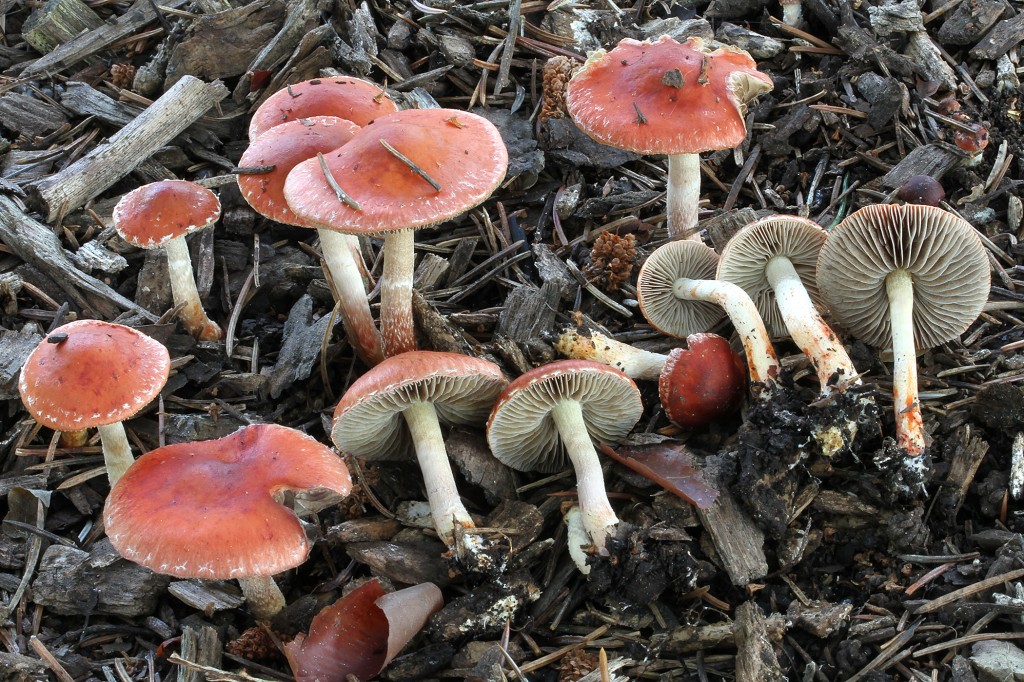
There are several unrelated genera of mushrooms that seem to prefer growing on wood chip mulch as a substrate and seemingly have a global distribution. Right now after the recent rains, the mushrooms that favor this artificial habitat are in nearly every flower bed on campus.
The name of the mushroom is Leratiomyces ceres, described for the first time from Australia in 1888.
Roy E. Halling, PhD is the Curator of Mycology at the Institute of Systematic Botany at The New York Botanical Garden.
Posted in Exhibitions, Monet's Garden on October 9 2012, by Sonia Uyterhoeven
Sonia Uyterhoeven is the NYBG‘s Gardener for Public Education.
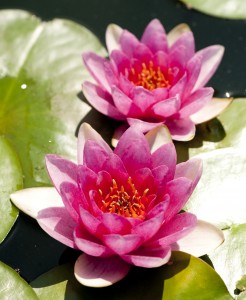 For centuries, water lilies have been thought of as emblems of purity and beauty. Philosophers marveled at how a stunning, symmetrically perfect flower–sometimes with a sweet, subtle perfume–was capable of arising from such muddy waters. But if the pristine blooms and large, glossy lily pads give the illusion of cleanliness, every gardener who has ever reached down into a pond to deadhead a spent bloom will attest to the fact that underneath the façade of exquisite beauty is a slimy mess.
For centuries, water lilies have been thought of as emblems of purity and beauty. Philosophers marveled at how a stunning, symmetrically perfect flower–sometimes with a sweet, subtle perfume–was capable of arising from such muddy waters. But if the pristine blooms and large, glossy lily pads give the illusion of cleanliness, every gardener who has ever reached down into a pond to deadhead a spent bloom will attest to the fact that underneath the façade of exquisite beauty is a slimy mess.
As we approach the end of our Monet’s Garden exhibition (Sunday, October 21), the water lily display–one of the centerpieces of the show–is still in its full glory. But while this exhibition took its inspiration from Monet’s garden at Giverny, the artist found his love of the flower elsewhere. Monet’s water garden was transformed when he met Joseph Bory Latour-Marliac, the son of a wealthy, landowning French family. After studying law in Paris, Latour-Marliac returned to his home near Bordeaux to help his father manage his property. As an avid botanist, he soon developed a vast network with horticultural societies and botanists throughout the world.
Read More
Posted in Photography on October 9 2012, by Ann Rafalko
Flowers aren’t the only plants that can bring color to your garden!
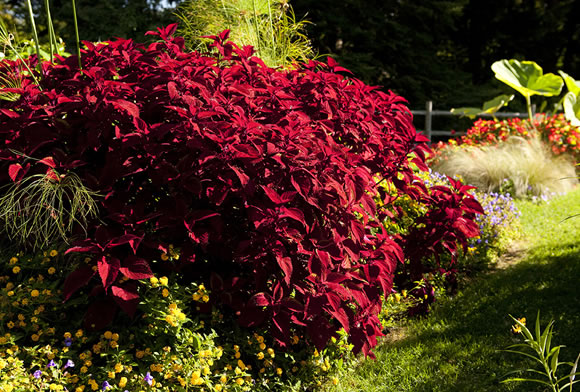
Coleus in the Home Gardening Center (photo by Ivo M. Vermeulen)
Posted in Photography on October 8 2012, by Ann Rafalko
The dahlias aren’t ready to pack away their summer neons yet!
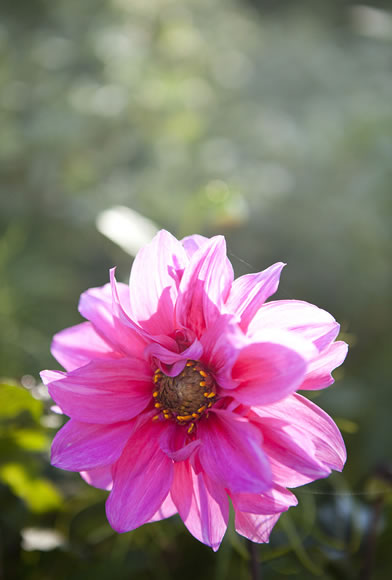
Photo by Ivo M. Vermeulen
Posted in Photography on October 7 2012, by Ann Rafalko
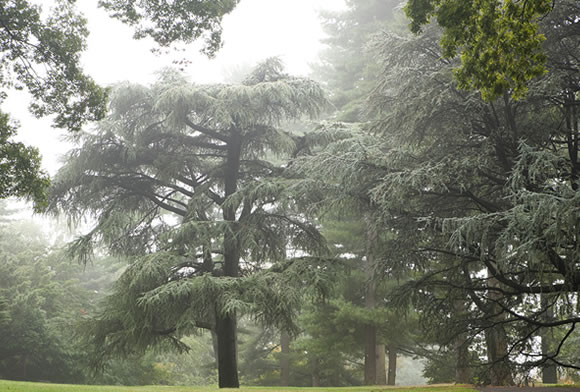
Photo by Ivo M. Vermeulen
Posted in Around the Garden on October 6 2012, by Ann Rafalko
Awwwwwkwaaaaard. Sorry, I didn’t know I wasn’t supposed to walk in the beds. Honest.
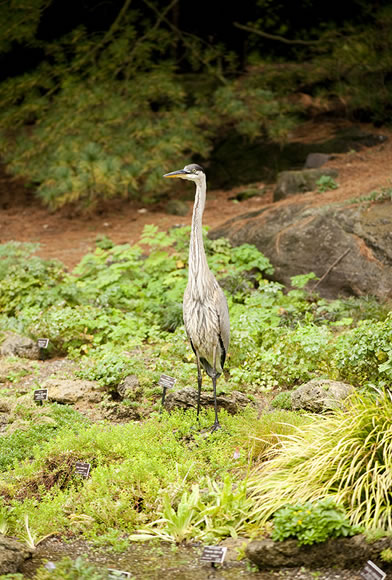
Great Blue Heron in the Rock Garden (photo by Ivo M. Vermeulen)
Posted in Programs and Events on October 5 2012, by Matt Newman
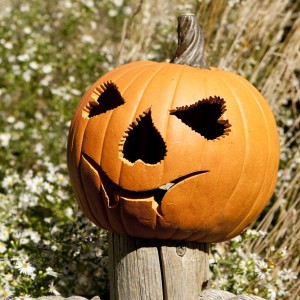 Am I wrong, or does it feel like only last week that we were up to our ears in summer vegetables and sunglasses? Now, little by little, fall is working its way into our daily routine. Just yesterday I was passing a train station on Long Island, crunching my way over a carpet of yellow leaves, and there are more than a few trees at the NYBG following suit. It may only be the first weekend in October, but autumn’s not wasting any time.
Am I wrong, or does it feel like only last week that we were up to our ears in summer vegetables and sunglasses? Now, little by little, fall is working its way into our daily routine. Just yesterday I was passing a train station on Long Island, crunching my way over a carpet of yellow leaves, and there are more than a few trees at the NYBG following suit. It may only be the first weekend in October, but autumn’s not wasting any time.
And neither are we! This Saturday marks the opening of the Haunted Pumpkin Garden in the Everett Children’s Adventure Garden, which you’ll know by the family of grinning, sneering, giggling jack o’ lanterns peering out over the Adventure Garden archway. Just inside you’ll find the hub of all our October activities running right through Halloween proper. Of course, we’ll be stacking the Garden’s schedule with all sorts of spooky spectaculars throughout our 250 acres as we creep our way toward All Hallows’ Eve, so keep an eye out as we move further into the season.
Read More
Posted in Around the Garden, Photography on October 5 2012, by Matt Newman
Happy Friday, everyone! In the spirit (no pun intended) of Halloween, have some jack o’ lantern orange to mark the first weekend of 2012’s Haunted Pumpkin Garden.
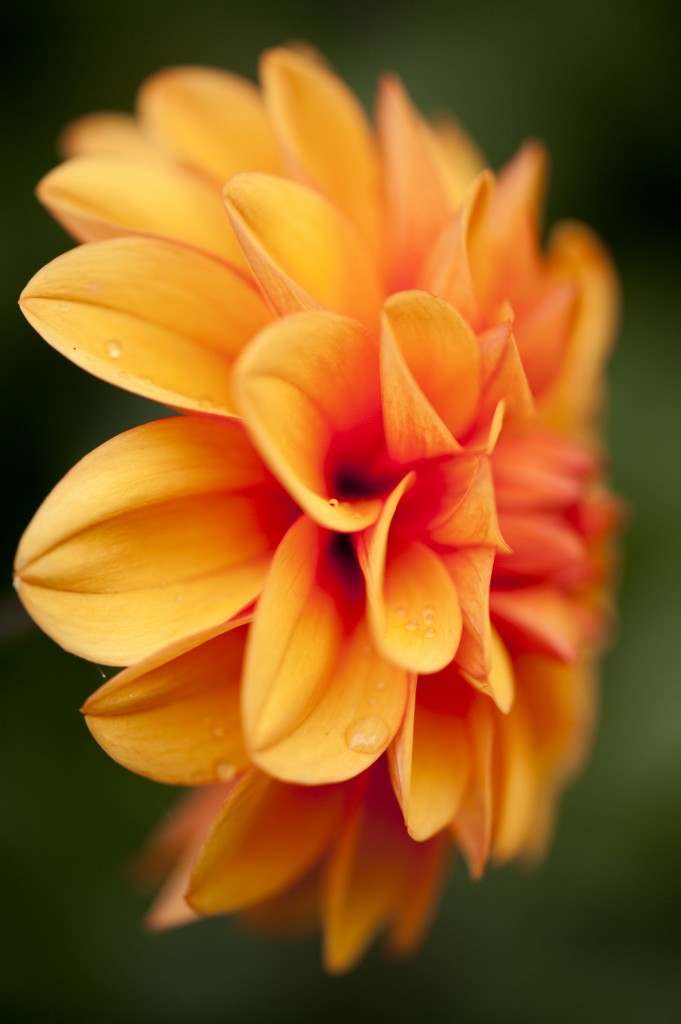
Dahlia ‘David Howard’ — Photo by Ivo M. Vermeulen
Posted in Gardening Tips on October 4 2012, by Ann Rafalko
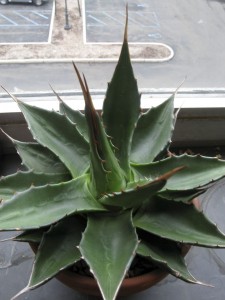 Yesterday as I was watering my office plants, I gave the newest addition a gentle poke; gentle because it is an agave, and can quite aggressively poke back. It had been weeks since I had last watered it, and I wasn’t sure if it needed another dousing. I prodded its leaves and they felt healthy. I looked under its pot. I asked it, “Do you need water?” It didn’t answer.
Yesterday as I was watering my office plants, I gave the newest addition a gentle poke; gentle because it is an agave, and can quite aggressively poke back. It had been weeks since I had last watered it, and I wasn’t sure if it needed another dousing. I prodded its leaves and they felt healthy. I looked under its pot. I asked it, “Do you need water?” It didn’t answer.
So I decided it was time to indulge in one of the perks of my job: I grabbed my iPhone, snapped a picture, and sent it off to Christian Primeau, the Manager of the Enid A. Haupt Conservatory (you might remember him from this great how-to video he did on planting water lilies in containers at home). “Do you mind if I ask you how I can tell whether or not my agave needs water?” Lucky for me (and for my agave) Christian didn’t mind in the least and sent back a really cheerful, fact-filled email.
Read More
Posted in From the Library on October 4 2012, by Matt Newman
Mia D’Avanza is a Reference Librarian for The LuEsther T. Mertz Library.
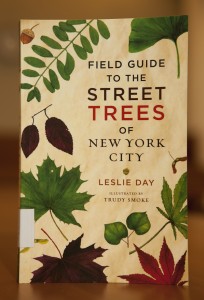 Because the Mertz Library is open to the public, we serve a wide variety of patrons, from second graders learning the many parts of a flower, to NYBG scientists conducting rigorous botanical research. Field Guide to the Street Trees of New York City lands squarely in the middle of that spectrum. Serving as a focused complement to Leslie Day’s previous work, Field Guide to the Natural World of New York City, this beautifully illustrated and photo-heavy book is full of helpful information for anyone who has ever wondered what kinds of trees shade the city.
Because the Mertz Library is open to the public, we serve a wide variety of patrons, from second graders learning the many parts of a flower, to NYBG scientists conducting rigorous botanical research. Field Guide to the Street Trees of New York City lands squarely in the middle of that spectrum. Serving as a focused complement to Leslie Day’s previous work, Field Guide to the Natural World of New York City, this beautifully illustrated and photo-heavy book is full of helpful information for anyone who has ever wondered what kinds of trees shade the city.
As a thorough guide, the book even provides the addresses of places in each of the five boroughs where you can view a live example of each profiled tree. I grabbed it off of the shelf with the idea of identifying a large tree I’d seen at the top of Marcus Garvey Park, near the historic Fire Tower; I was quickly able to identify the tree I’d seen as the London Plane (Platanus x acerifolia), NYC’s most common tree and a regular at the NYBG. You’ll know it by its large, spiked “seed balls” and almost mottled bark.
Read More










